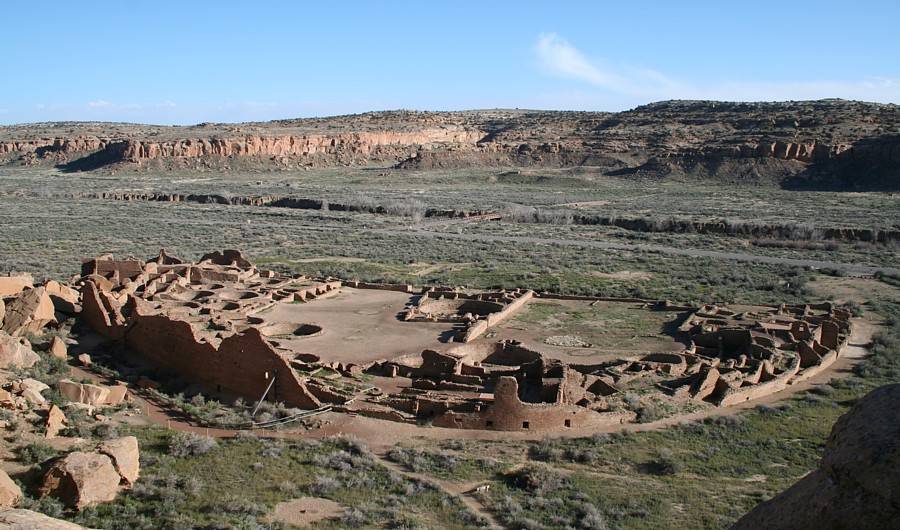Pueblo Bonito: A Comprehensive Overview
Pueblo Bonito, located in Chaco Culture National Historical Park in northern New Mexico, stands as the largest and most renowned great house within the park. Constructed by the Ancestral Puebloans, the site was occupied from AD 828 to 1126. It is recognized as the most thoroughly investigated and celebrated cultural site in Chaco Canyon, serving as the epicenter of the Chacoan world from AD 850 to AD 1150.
Get your dose of History via Email
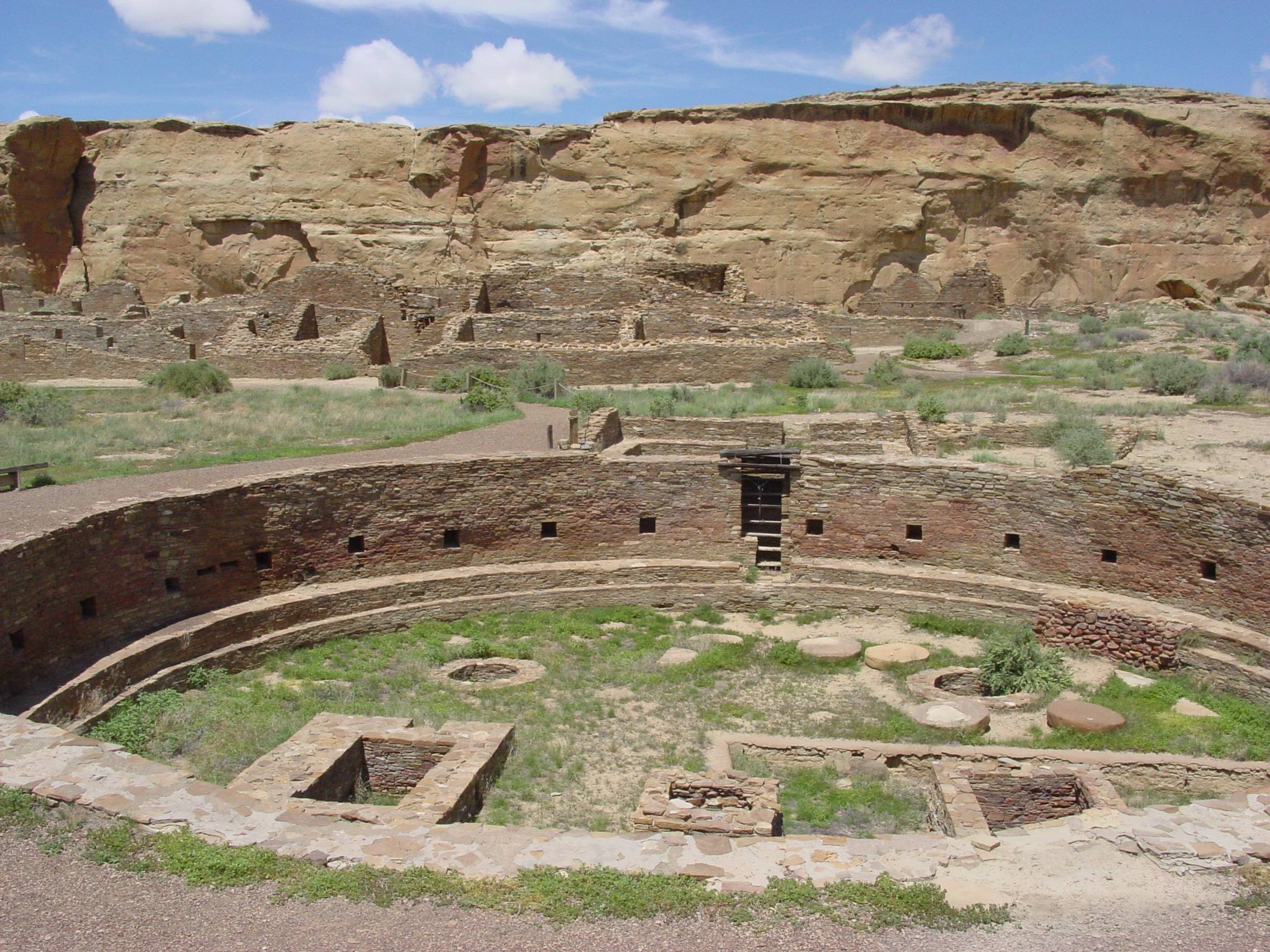
Anthropologist Brian Fagan has likened Pueblo Bonito to other archeological icons such as England’s Stonehenge and Peru’s Machu Picchu, highlighting its significance in the archaeological community. Despite its importance, the structure faced natural threats, notably from a section of the canyon wall known as Threatening Rock, which collapsed in 1941, destroying part of the structure. This event underscored the Puebloans’ awareness and acceptance of environmental risks in their architectural planning.
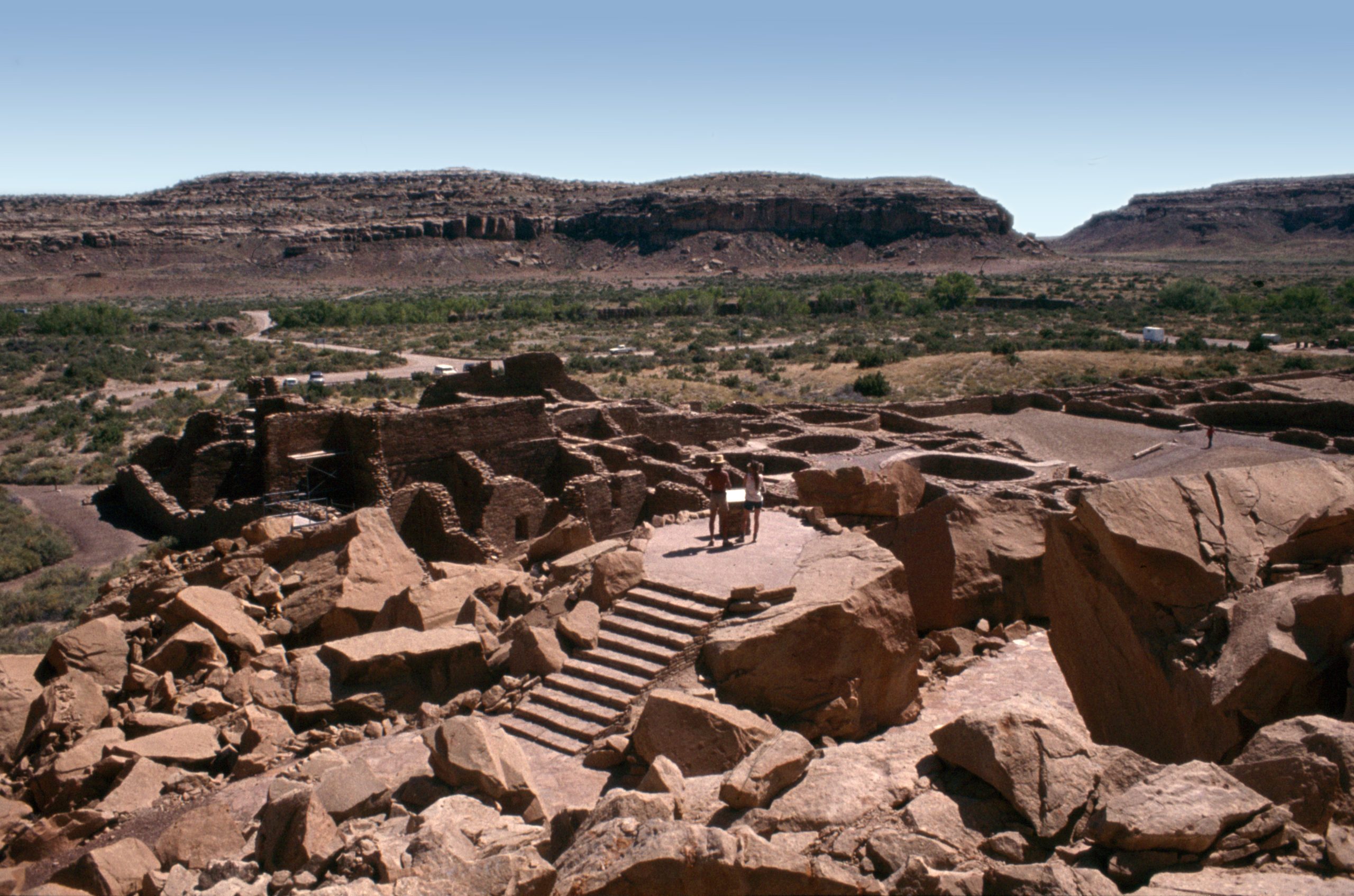
A significant discovery in 2009 revealed traces of Mexican cacao in pottery sherds at Pueblo Bonito, indicating a trade network that extended at least 1,200 miles. This finding, along with the presence of cylindrical pottery jars, suggests the importance of Pueblo Bonito in regional trade and ritual practices.
Discovery and Excavation
The site was first documented by United States army Lt. James H. Simpson and his guide, Carravahal, during an 1849 military expedition. Subsequent excavations, notably by Richard Wetherill and George H. Pepper between 1896 and 1900, uncovered significant portions of the structure and a vast array of artifacts, which were later donated to the American Museum of Natural History.
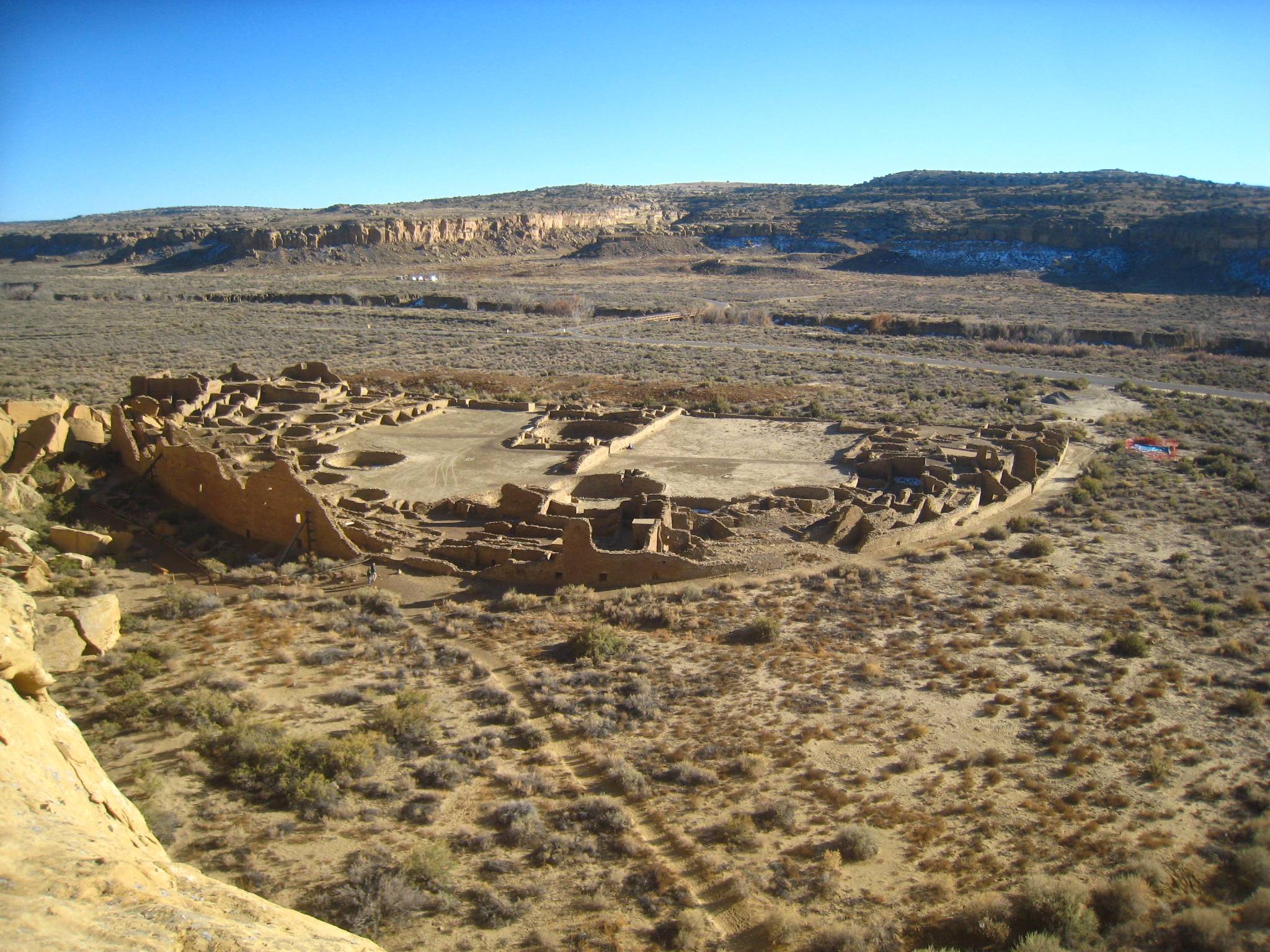
Architectural and Social Structure
Pueblo Bonito’s design includes a central dividing wall, creating a symmetrical layout with Great Kivas and over thirty other ceremonial structures. The site encompasses approximately 800 rooms, with some buildings reaching four to five stories in height. Despite early estimates suggesting a large population, more recent analyses suggest a peak population of less than 800, indicating a complex social structure with a focus on ritualistic practices rather than residential use.
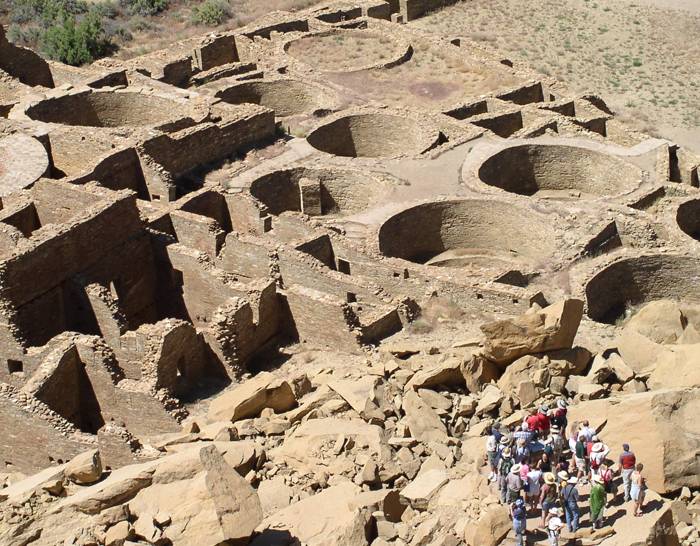
Environmental Impact and Decline
The construction and habitation of Pueblo Bonito had significant environmental impacts, notably deforestation, which, combined with a period of drought, led to a severe drop in the water table and eventual abandonment of the site after approximately 300 years of occupation.
Matrilineal Society
Excavations in Room 33, part of the earliest construction phase, revealed elite burials with a wealth of grave goods. Archaeogenomic analysis indicated a matrilineal descent, suggesting that Pueblo Bonito was associated with an elite matriline for approximately 330 years. This finding provides a link to the modern Pueblo descendants, many of whom practice matrilineal succession.
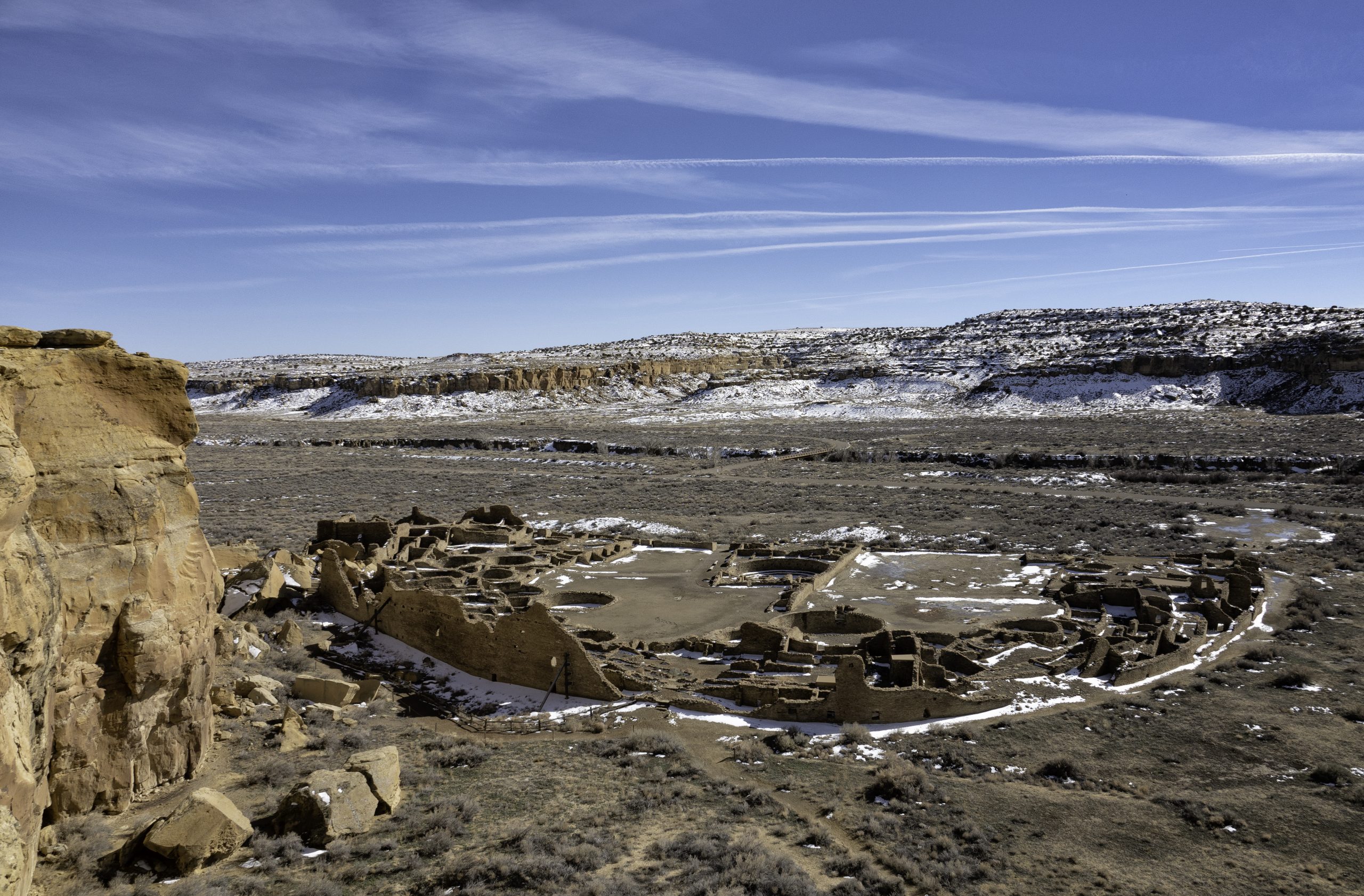
Construction Effort
The construction of Pueblo Bonito is estimated to have required 805,000 man-hours, reflecting the significant effort and organization involved in its creation.
Rock Art
Petroglyphs depicting six-toed feet found on the rock wall behind Pueblo Bonito date to the late 10th or early 11th centuries, adding another layer to the site’s rich cultural tapestry.
Pueblo Bonito remains a key site for understanding the Ancestral Puebloan culture and the broader Chacoan world. Its architectural complexity, extensive trade networks, and evidence of a structured society offer invaluable insights into the lives of its inhabitants and their enduring legacy.
Sources:

